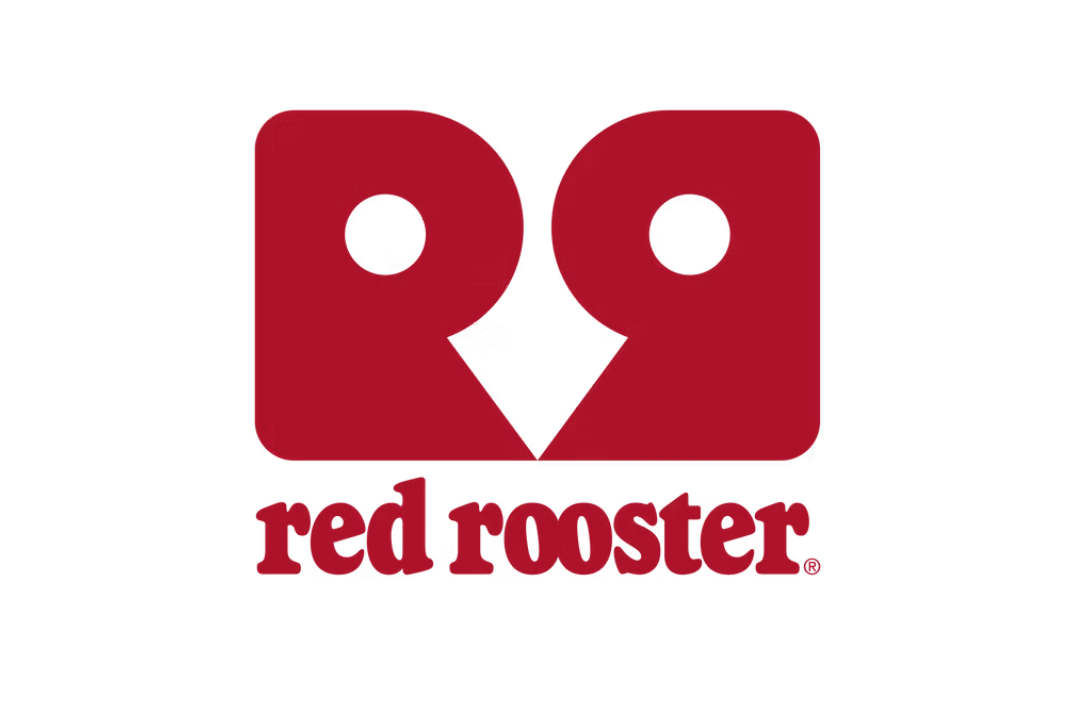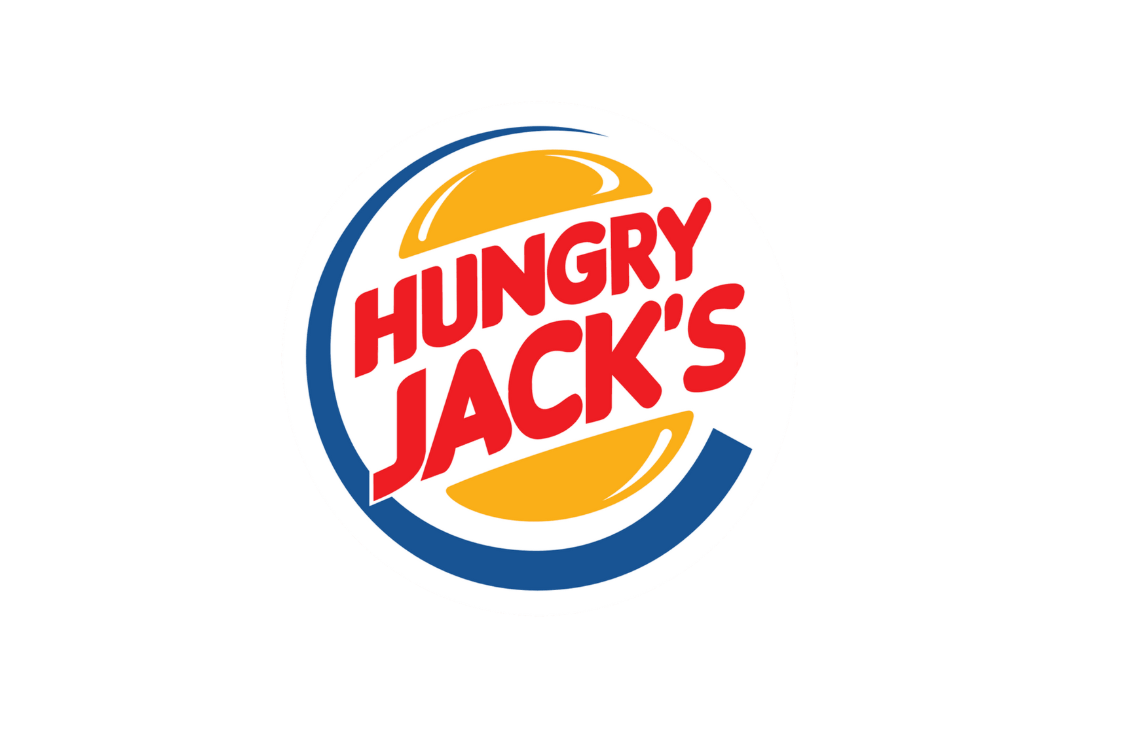Franchising has long been a popular path to business ownership in Australia, offering entrepreneurs the opportunity to operate under the banner of an established brand. While traditional single-brand franchising continues to thrive, a growing number of investors are turning to a more advanced strategy: multi-concept franchising. This approach allows franchisees to diversify their business interests by operating multiple brands under one ownership structure. For Australian entrepreneurs looking to scale, spread risk, and tap into different markets, multi-concept franchising presents a unique and compelling business model.
Defining Multi-Concept Franchising
Multi-concept franchising refers to a business model in which a single franchisee owns and operates two or more franchise brands, often within the same industry or complementary sectors. Unlike multi-unit franchising—where a franchisee owns multiple outlets of the same brand—multi-concept franchising involves managing distinct brands, each with its own identity, product or service offering, and operational requirements.
For example, an Australian entrepreneur might operate a fast-food franchise, a coffee brand, and a dessert concept—each with separate branding, yet serving overlapping customer bases. These concepts may operate out of different locations or even under one roof in a shared space, depending on the franchise agreements and operational logistics.
Why Multi-Concept Franchising is Gaining Popularity
The appeal of multi-concept franchising lies in its ability to spread investment risk and capture a broader segment of the market. In an increasingly competitive economic environment, savvy Australian business owners are seeking ways to diversify their income streams without the uncertainty of starting entirely new ventures from scratch. By investing in multiple franchise brands, they gain access to proven systems, established customer bases, and franchisor support—across more than one vertical.
This model is especially attractive in sectors like food and beverage, where customer preferences can shift rapidly. Offering different dining experiences or menu options under separate brand identities allows franchisees to respond more effectively to changing trends while maximising customer reach.
Operational and Strategic Advantages
One of the major advantages of multi-concept franchising is operational efficiency. Experienced franchisees can leverage their existing management teams, real estate expertise, supply chains, and customer service systems across multiple brands. While each brand operates independently, there is often overlap in back-end systems, staffing, or marketing strategies, which can reduce costs and streamline operations.
Strategically, owning multiple brands allows a franchisee to dominate a local market or retail precinct. In Australia’s densely populated urban areas or competitive suburban centres, this can be a major edge. A franchisee with a portfolio of diverse yet complementary brands may capture a larger share of consumer spending in a single location, boosting profitability without the need to expand geographically.
Challenges to Consider
While multi-concept franchising offers considerable upside, it also brings added complexity. Managing different brands means juggling multiple sets of franchisor requirements, marketing strategies, and operational procedures. Each brand has its own identity, training programs, and customer expectations, which requires a high level of business acumen, organisational skill, and financial planning.
Additionally, franchisors may place limits on franchisees owning competing brands or operating non-affiliated businesses. Clear legal agreements and strong communication with franchisors are critical to avoid conflicts or breaches of contract.
The Australian Context
In Australia, multi-concept franchising is becoming increasingly viable thanks to the maturity of the franchise sector and the availability of well-developed franchise systems across diverse industries. Leading franchise operators often encourage their top-performing franchisees to expand across multiple concepts within their network, creating synergy and scale.
The model also aligns well with Australia’s consumer-driven economy, where customers value variety, convenience, and consistent service quality. As more Australian franchisees look to scale beyond single-unit ownership, multi-concept franchising is emerging as a sophisticated and sustainable pathway for long-term business growth.
Conclusion
Multi-concept franchising is an innovative and strategic business model that allows Australian entrepreneurs to diversify their holdings while maintaining the advantages of franchising. By operating multiple franchise brands under one ownership structure, investors can expand market reach, reduce risk, and drive operational efficiency. However, success in this space requires careful planning, legal clarity, and strong management. For those ready to take their franchise journey to the next level, multi-concept franchising offers a powerful way to build a dynamic and resilient business portfolio in Australia’s thriving franchise landscape.









